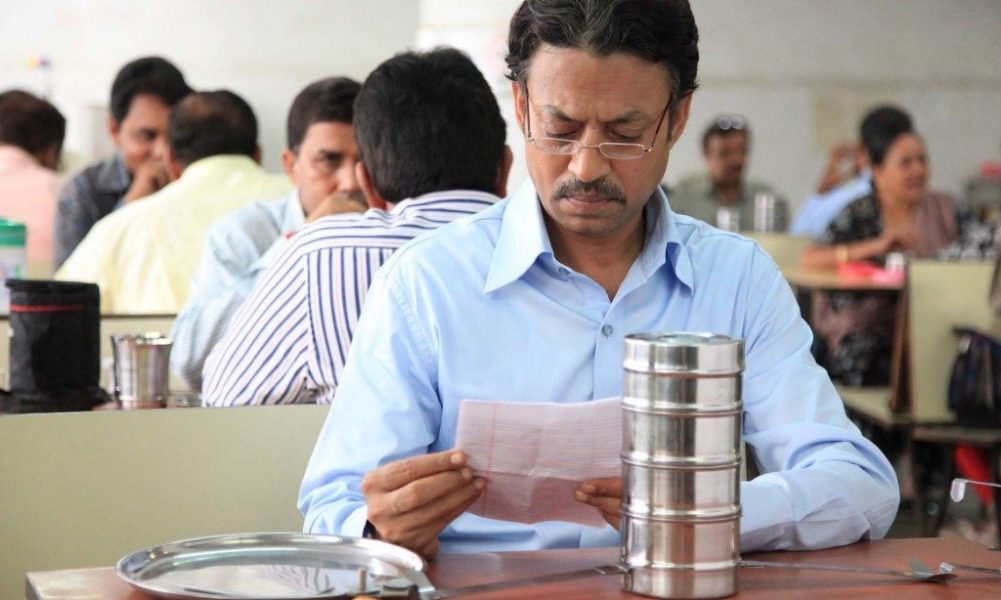The Oscar fever is running high on everyone these days. India being the largest film producing country in the world is very much aware of the hype and hoopla surrounding the Academy award. India has been sending films to the Oscars for a very long time now but it came close to winning only three times so far with Mother India (1957), Salaam Bombay! (1988) and Lagaan (2001). The main reason behind it is the wrong criteria by which the films are chosen. The selection committee doesn’t have a fixed set of rules to which they adhere to.
If one observes carefully at the list of films that have represented India all these years one notices that they are either the biggest hits of a particular year or the most expensive movies ever made in Indian cinema. Sometimes even a random art house film is picked up to do the national duty. As a result many a deserving piece of cinema missed out on the golden opportunity of being showcased or presented in front of non-Indian audiences. Here is a list of the films, if given a chance, would have won an Oscar for India.
10. Iruvar
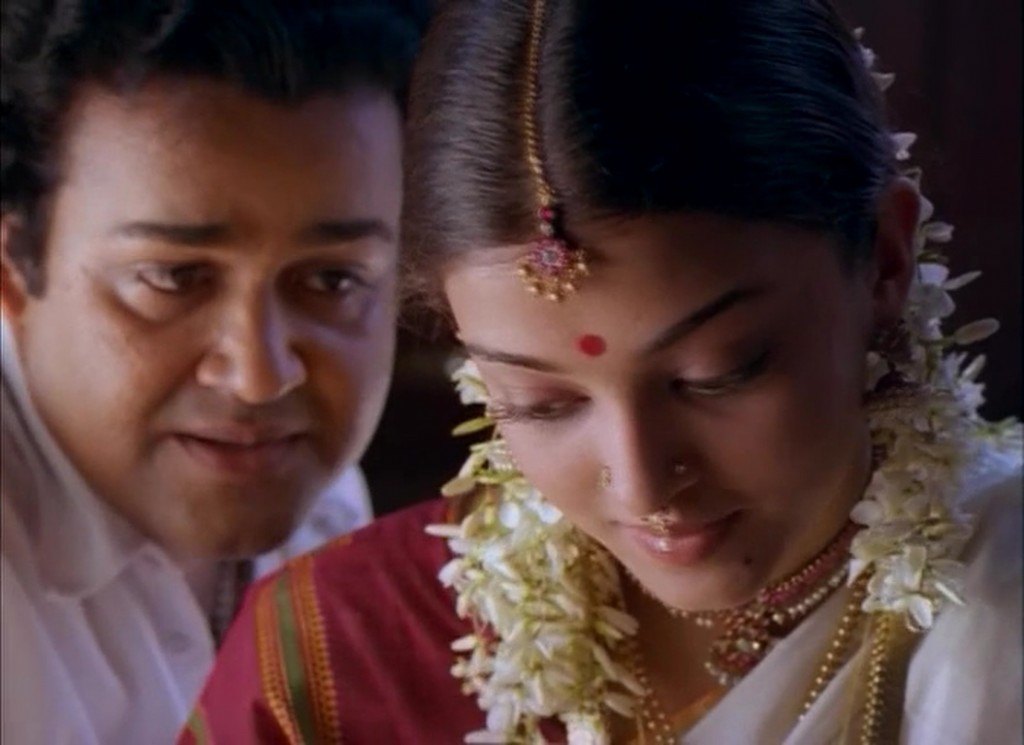
Throughout the 90s Mani Ratnam was at the zenith of his creative force. His pet project ‘Iruvar’ is a political drama with cinema at its heart. Ratnam wonderfully weaves multiple narratives and a large group of actors together. At the helm is of course Mohanlal and Prakash Raj; their friendship and rivalry forms the crux of the film. Aishwarya Rai made an unconventional debut and looked heavenly throughout the film. Hers was a double role loosely based on the life of J Jayalalitha. Excellent cinematography by Santosh Sivan adds credibility to the narrative. A.R. Rahman’s melodious tracks are essential to the story; one song in particular “Kannai Katti Kollathe” talks about rebellion. Iruvar was screened at the 1997 Toronto Film Festival in the Masters section. In 2012 the BFI magazine “Sight and Sound” named it one of the 1000 greatest films of all time.
Another Mohanlal starrer ‘Guru’, a Malayalam film, was sent as the official Indian entry that year. ‘Iruvar’ is an out an out Indian film at heart as the marriage between cinema and politics is a very peculiar Indian scenario. May be the poor box office result of the film was a reason as to why it was given the cold shoulder. ‘Guru’ was a more relevant film of the time but ‘Iruvar’ has a timeless appeal.
9. Bombay
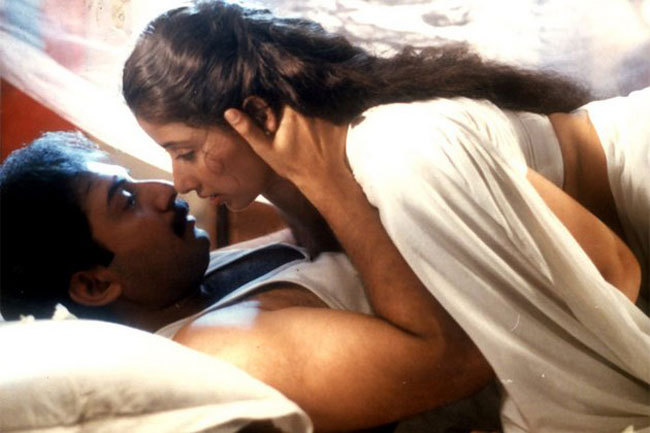
Mani Ratnam was in top form when he made this inter-religious love story revolving around two star crossed lovers. Loosely based on real life events it was one of the first South Indian films dubbed into Hindi to achieve massive box office success. The film made a superstar out of its leading lady Manisha Koirala. ‘Bombay’ was noted for its realism, top notch performances, excellent cinematography and of course AR Rahman’s chartbusting music (Humma Humma, anyone?). The director’s honesty in telling the story comes through in the film and most importantly it’s a film that has cultural significance as the record of a communal clash in the country. Another Tamil film ‘Kuruthipunal’ was instead chosen to represent India at the Oscars.
8. Meghe Dhaka Tara
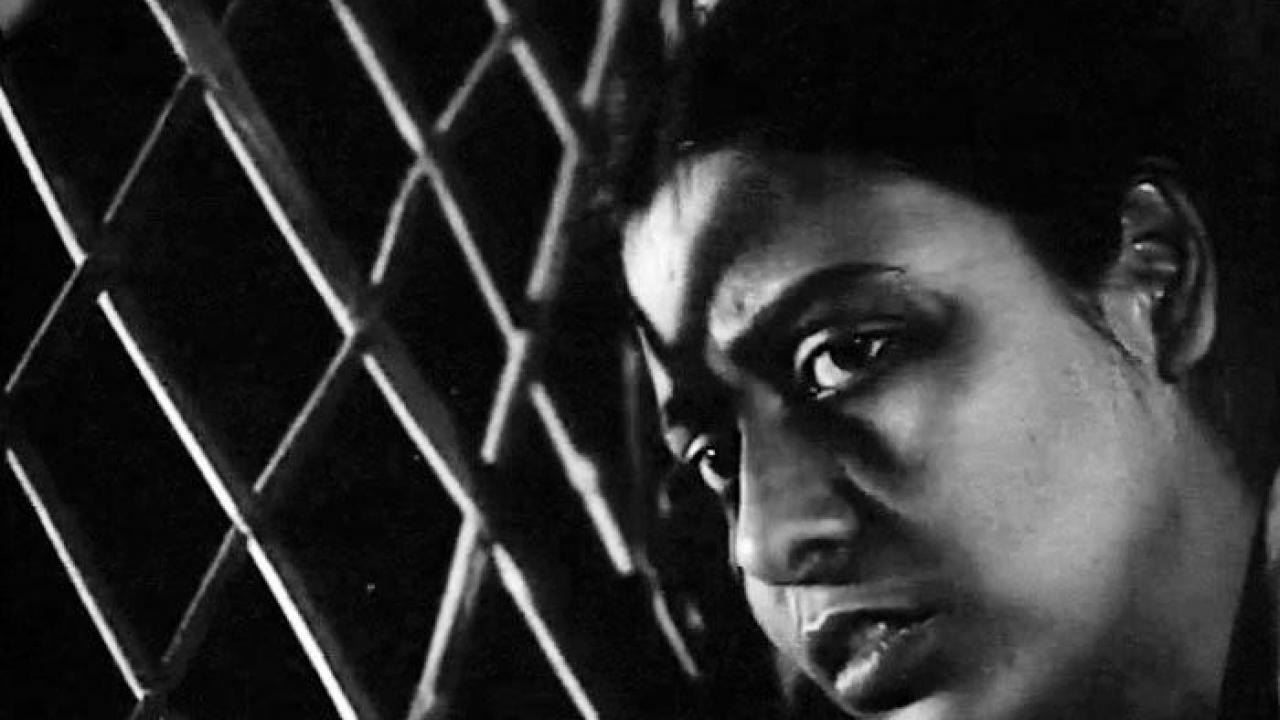
Ritwik Ghatak is a sensitive filmmaker and Meghe Dhaka Tara is a poignant film. It tells the story of trails and tribulation and the ultimate breakdown of a young girl belonging to a refugee family during the partition era. It’s a film for all ages as it has survived the test of time and faced the shrewd eyes of the critics fearlessly. It’s a humane film that tells a basic story of human suffering with the hope that the sun will shine one day.
Pain is a universal language and people respond to it in myriad ways so it would have been interesting to see how the Academy members would have reacted to the film had it been sent as the Indian entry. No Indian film was sent in 1960 for reasons unknown.
7. Satya
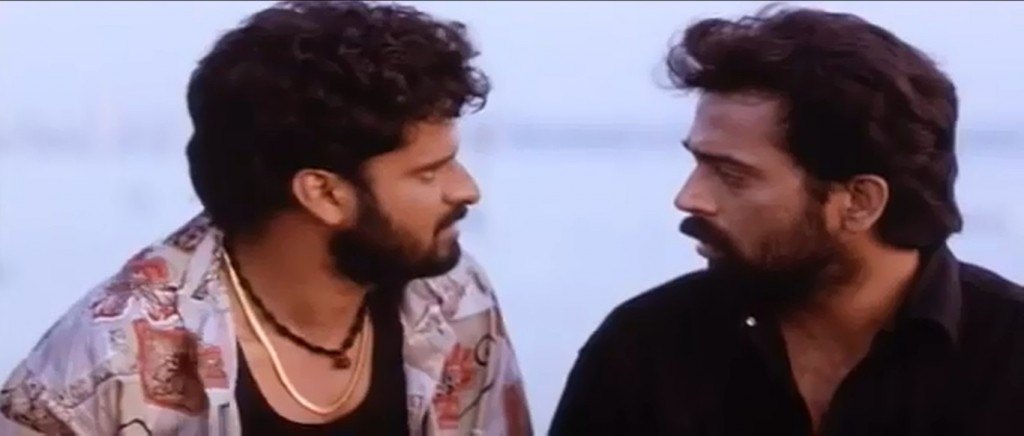
There was a time in Bollywood when director Ram Gopal Verma’s films had the last word on the Mumbai underworld and ‘Satya’ is the finest example of it. It tells the story of a simpleton who gets caught between two rival gangs and charts out his own journey of revenge, salvation and crime. The film is also credited for bringing out Manoj Baypayee’s hidden acting talent in the role of Bhiku Mhatre. His famous line “Mumbai Ka King Kaun? Bhiku Mhatre!” still gives us goose bumps.
S. Shankar’s big budget Tamil film ‘Jeans’ which made news for a song that was shot at the seven wonders of the world was chosen as the Indian entry of 1998. Except the power of money, ‘Jeans’ had no other qualification to score over ‘Satya’ which changed the way crime dramas are made in Indian cinema. It was film noir at its best.
6. Mughal-e-Azam
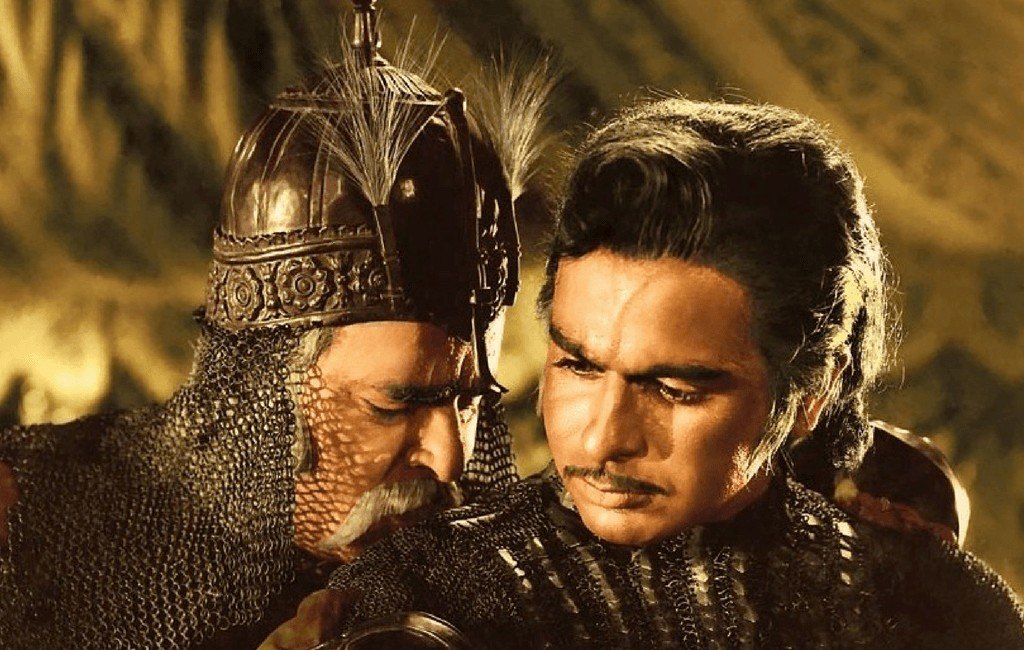
It was a path breaking film in every which manner possible. Right from the budget to the star cast to the costumes and the box office collections, it dazzled and mesmerized everyone. Prithviraj Kapoor as Akbar and the roping in of ex-flames Dilip Kumar and Madhubala in the film was nothing short of a casting coup. Reports suggested that the lead actress Madhubala was terminally ill during the shoot but still she didn’t hesitate to shoot the intense portions of the film. Deservingly enough it earned her the first Filmfare Best actress nomination. It was not only the most expensive Bollywood film to be made at that point but also the highest grossing one, a record which it held for about 15 years. Film trade magazines claim that if adjusted for inflation it is the highest grossing Bollywood film of all time.
In 2004 the coloured version of the film was released and did reasonably well at the box office. ‘Mughal-e-Azam’ would have been the right film to showcase the power and grandeur of Indian history in front of a global audience. As mentioned earlier no Indian film was sent to the Oscars in 1960.
5. Charulata
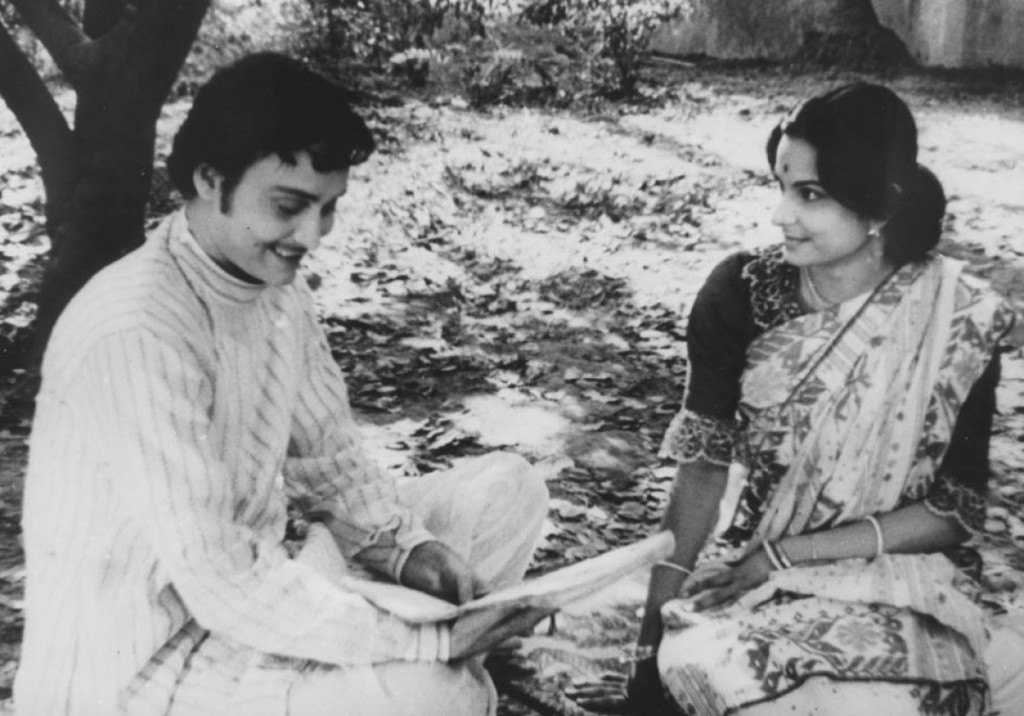
Satyajit Ray’s films need no introduction to any film buff worth his salt. It is due to the virtue of his films that Indian cinema today has a respectable position in the world. ‘Charulata’ is remarkable for its understated dignity that its leading lady exudes even in the face of human follies and foibles. The film was ahead of its time as it unabashedly dealt with the topic of the female gaze. It was literally the case of the husband, the wife and the other man. To make things more complicated the other man in this case is the brother-in-law.
Two legends of Bengali cinema Soumitra Chatterjee and Madhabi Mukherjee played the obscure objects of desire in this family drama dealing with forbidden love. Satyajit Ray won the best director award at the Berlin Film Festival. ‘Charulata’ deserved to be sent to the Oscars just for tackling the taboo subject of female sexuality and emphasizing the implications of gender role reversal.
4. Omkara
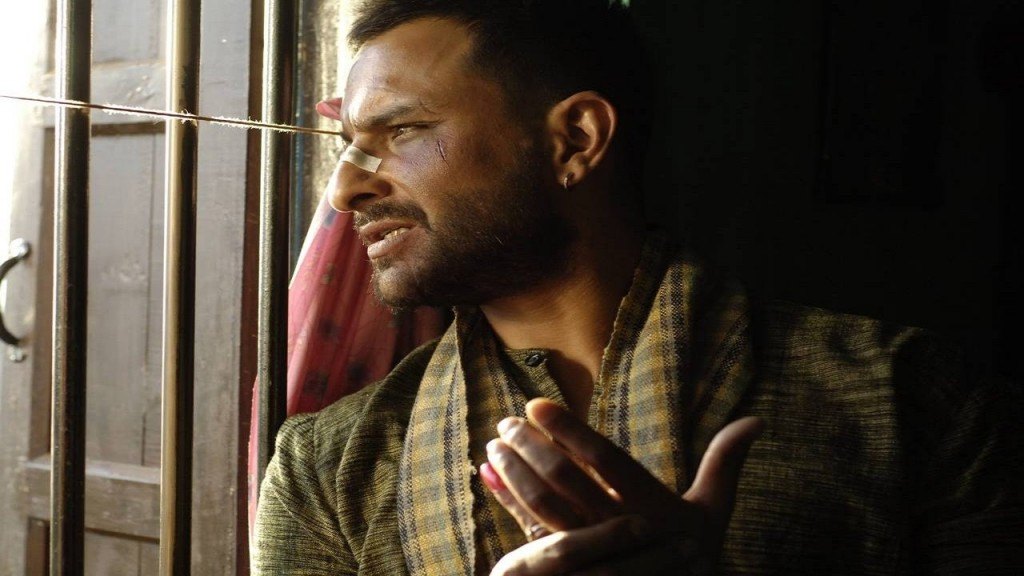
It is the second installation in Vishal Bhardwaj’s adaptation of Shakespeare’s tragedies into the big screen and this time around Othello served as the inspiration. Like any Shakespearean tragedy the main protagonist here undergoes a wide range of emotions from being ambitious and scrupulous to being lovelorn and jealous to his ultimate downfall. The director doesn’t miss any beat in capturing the nuances and flaws of every character. Ajay Devgan in the titular role comes up with an earnest performance while Kareena Kapoor shines as the Indianised Desdemona. However it is Saif Ali Khan as Ishwar Langda Tyagi who stands out the most. The film captivates you with its hard-hitting characterization, lingering sadness and its soulful musical notes. The supporting cast only adds to the impact that this powerful film has on the audience. ‘Omkara’ is a worthy film to match Shakespeare’s genius.
‘Omkara’ was screened and unanimously appreciated at various film festivals, most notably at the Cairo International Film Festival. It also picked up a horde of Bollywood awards along the way including a national award for the director.
‘Omkara’ is the kind of film that the Academy members love; well made, well acted, has a solid story and most importantly brings out the local flavour of a particular country; in this case India. However Rakeysh Omprakash Mehra’s ‘Rang De Basanti’ was send as the Indian entry to the Oscars in 2006; which wasn’t a bad choice necessarily but one can see how westerners would have had difficult time connecting with its historical context.
3. Pyaasa
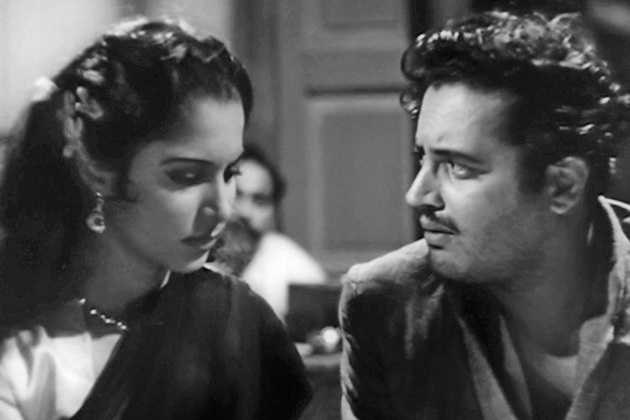
Guru Dutt’s soul stirring film is poetically multi-layered and deals with the issue of futility of fame, success and life in general as all that survives at the end is true love. It is the story of two misfits in the society who after a series of rejections finally finds solace in each other. It is also a social commentary on the post Independence materialistic Indian society. Often hailed as one of the greatest Indian films ever made, ‘Pyaasa’ is also considered to be a classic in world cinema. Waheeda Rahman’s portrayal of a prostitute with a golden heart set new benchmark for actresses in Hindi films and how can one forget the image of Guru Dutt singing “Jaane Woh Kaise Log The Jinke, Pyaar Ko Pyaar Mila”.
There is a reason why the 50s are referred to as the golden age of Indian cinema. In 2005 TIME magazine named ‘Pyaasa’ as one of the 100 best films of all time. Another gem of a film Mother India directed by Mehboob Khan was sent as the first Indian entry to the Oscars in 1957 and the film created history when it was selected as one of the top five nominees. What’s more interesting is the fact that it lost out the award to the Italian film ‘Nights of Cabiria’ just by a single vote.
2. Gangs of Wasseypur
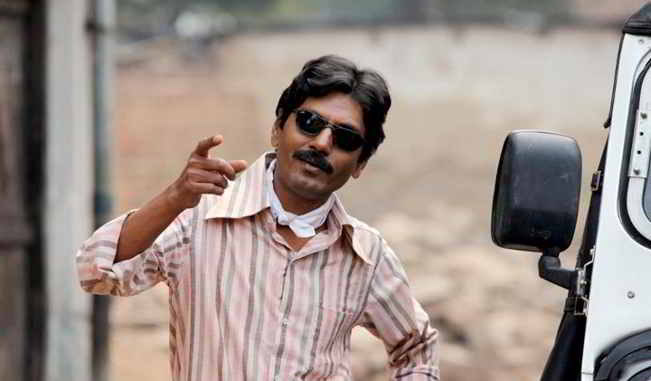
Anurag Kashyap’s magnum opus is India’s answer to the Spaghetti Westerns of the world. It is a bloody revenge saga where men are brutal and women add fuel to the burning desires of men. The offbeat director used every available commercial Bollywood tricks under the sun and turned them around their heads to give a unique perspective to his film. So you will find memorable dialogues (Beta, Tumse Na Ho Payega!) and quirky songs (I am a hunter, she want to see my gun) but also characters with flesh, blood and filthy mouths. The initial length of the film was over five hours so it was divided into two parts keeping in mind the business aspect of it.
The award winning film gave a new lease of life to the careers of Nawazuddin Siddiqui and Richa Chadda. When the film was screened at Cannes it immediately caught the attention of the critics worldwide. It was appreciated for its rawness of violence and emotions. Amidst accusations of plagiarism Anurag Basu’s slapstick dramedy ‘Barfi!’ was chosen as the Indian entry to the Oscars in 2012 and the original ‘Gangs of Wasseypur’ was shown the door.
1. The Lunchbox
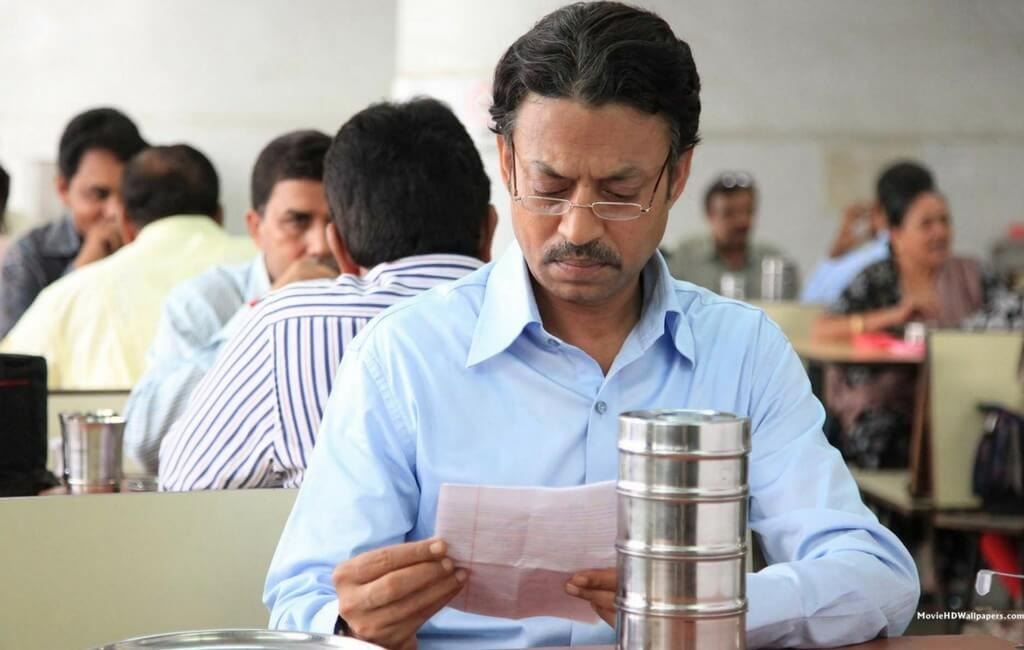
Not sending this film to the Oscars was perhaps the biggest mistake the selection committee has ever made. The film made all the right noises at the international film festival circuit from picking up an award at Cannes to being feted at Toronto. It was a multi-national production with Sony Pictures Classics as the distributor in North America. It was a feel good, innovative film which floored the Western critics completely. You can imagine the originality of the film from the fact that it is an epistolary love story in the age of cell phones and social media. It had an instant connect with the audiences worldwide.
The Lunchbox was nominated for a BAFTA in the category of Best Film Not in the English Language. Irrfan Khan picked up the best actor awards at the Asian Film Awards and Dubai International Film Festival. A mediocre Gujarati film ‘The Good Road’ directed by Gyan Correa was chosen as the Indian entry of 2013. What a travesty!
Read More: Best Bollywood Movies of the 21st Century

